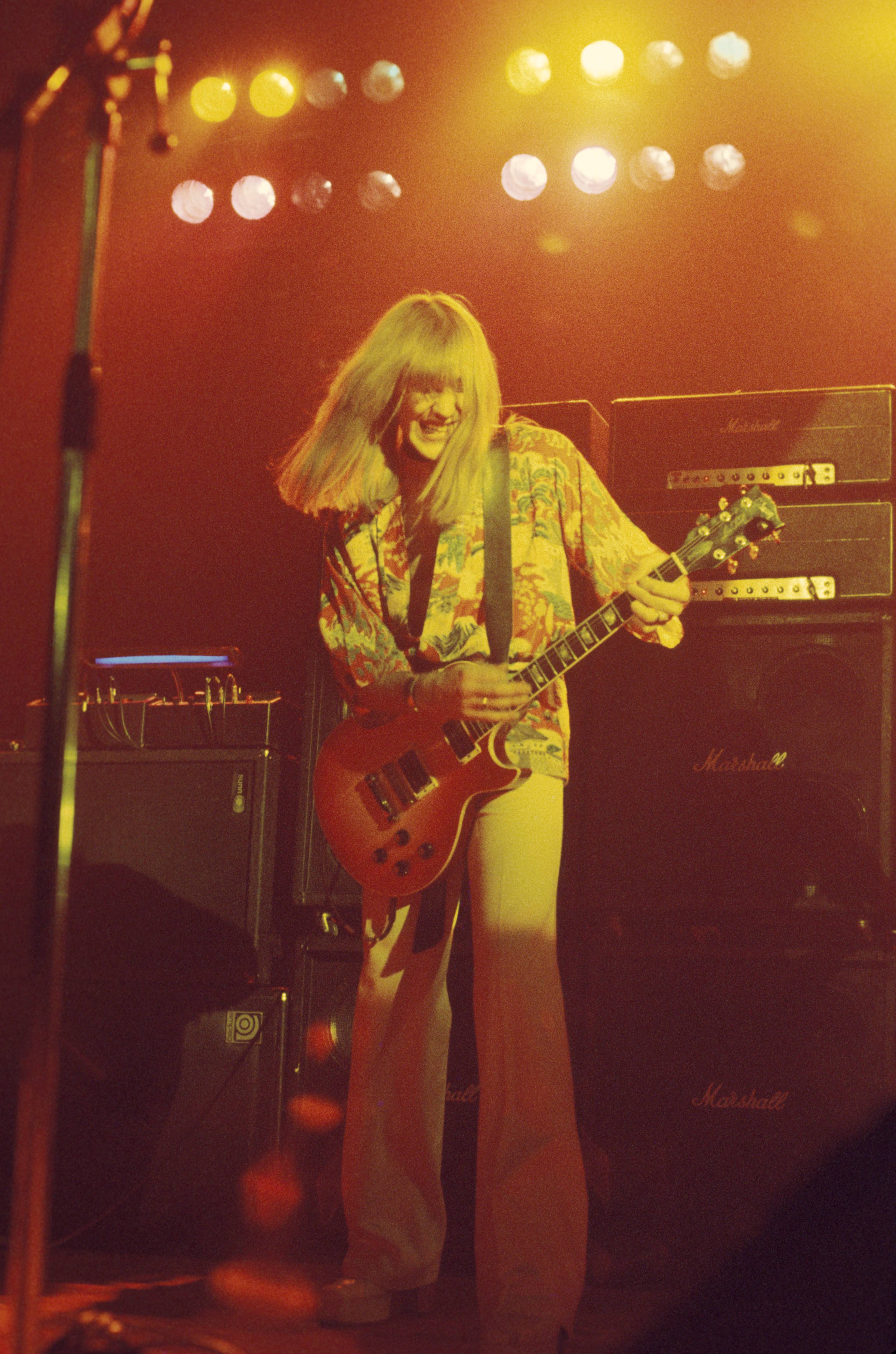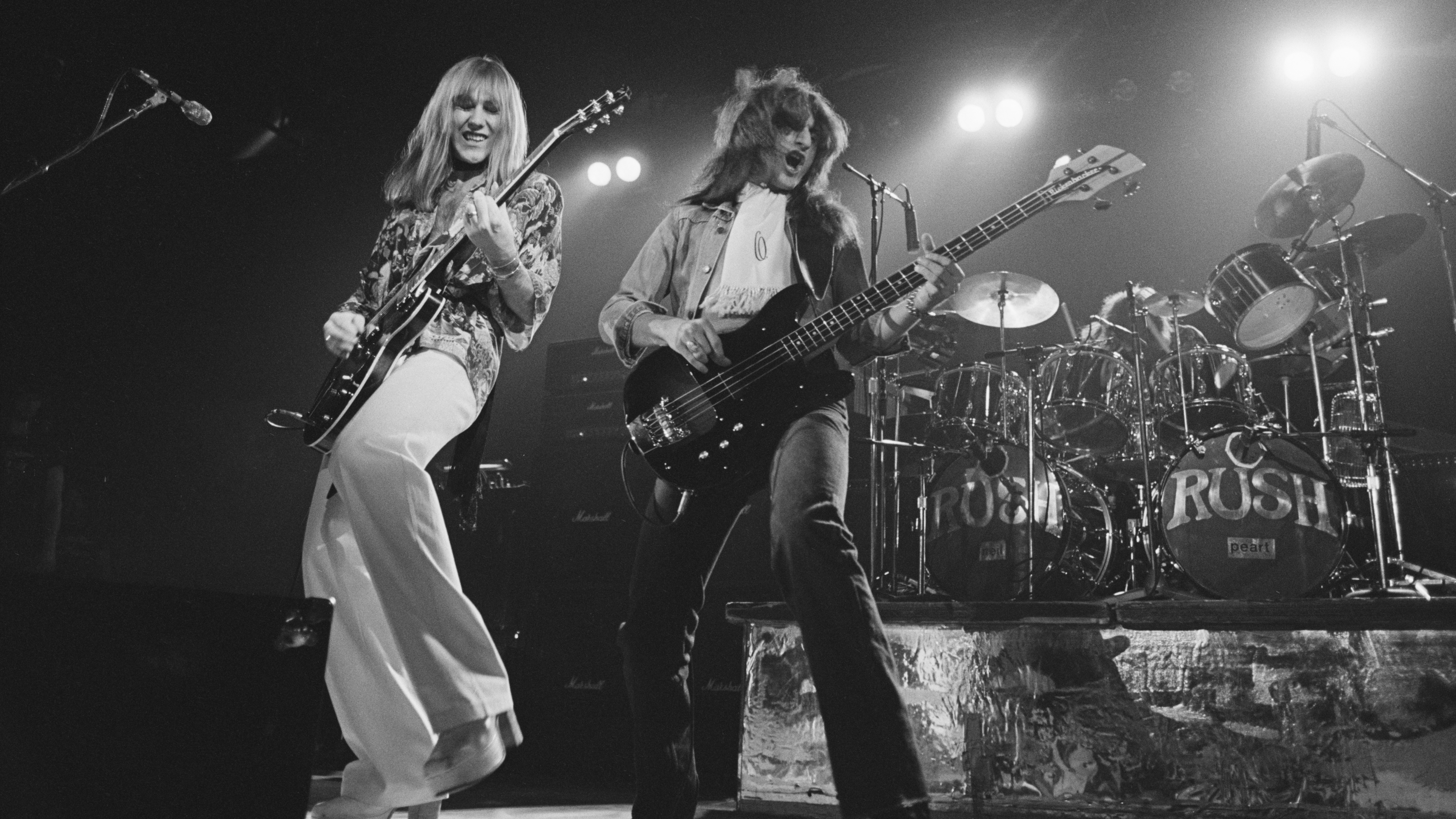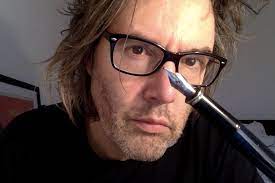Rush released the first of their five live albums, All The World’s A Stage, in 1976. It was recorded over three nights in June the same year at Toronto’s Massey Hall – an ageing ice hockey stadium that the town’s Maple Leafs team used to play at – at the end of the US 2112 tour.
“Massey Hall is right around the corner there, actually,” Geddy Lee says. “The title – Shakespeare, obviously. That was Neil’s idea. The cover shot was our live set up at the time – the starman logo, the drum riser…”
“How long had we been out on tour then?” Alex Lifeson asks, a crease suddenly forming between his eyebrows. “I don’t know, everything was done in such a hurry in those days. I remember coming home at one point to record Fly By Night before that – and we did that in five days.”
“Ten days,” Lee says, with some conviction.
“Oh, I thought the next one was ten days?” Lifeson pulls himself back on to the sofa, dates tumbling through his memory. “So we did that and went out for a year. And then how long did we get to do Caress Of Steel?”
“A whole month,” Lee says dryly. “Actually, no, three weeks. And that was a total indulgence, it seemed like forever. That’s why that record’s so weird.”

The Caress Of Steel album was also the first time the band used graphic artistHugh Syme to create their artwork. He’s had a hand in every one since.
Geddy: “He came to our attention because he was a local musician [he plays keyboards on the 2112 song Tears, among others] who was also an artist. Neil and him hit it off straight away, as you can imagine. And we all really liked what he did with ‘Caress…’ It just became so much easier to hand over the responsibility to him. He always comes up with great ideas, so we let him.”
The liner notes for their second live album, Exit… Stage Left, in 1981, suggested a band with an inured ethos and, for a group of men still in their early 20s, a self-assurance and aspiration that looked certain to keep them in good stead as they strode off purposefully towards the future. ‘This album to us,’ the inner sleeve notes trumpet, ‘signifies the end of the beginning, a milestone to mark the close of chapter one, in the annals of Rush.’ Not a bit of it.
- Family: Geddy Lee
- The 11 best Rush album covers by band Art Director, Hugh Syme
- Rush's Career In 10 Albums: By Geddy Lee
- Rush at the end of the road
“I don’t think we knew what the hell was going on. We were just happy that we were still around after 2112,” Lee admits. “Before we did that we figured that that was probably going to be it; we couldn’t predict how successful that album would be, how well received it was going to be. We were in a lot of debt going into make 2112, so we figured, what the fuck, if we’re going to go out then let’s go out doing exactly what we want to do – a 20-minute song about priests! Pretty normal,” he smiles. “The good thing about it,” he says, “was that the album was so weird that nobody knew what to do with it at the record company, and because it was successful they just left us alone for the rest of our careers.”
Although 2112 gave Rush the commercial foothold they so desperately needed, they didn’t play it in its entirety again until they went out on the Test For Echo tour almost 20 years later.
“That was a leap of faith, playing that live again,” Lee says. “We were like, can we do this, can I sing it? Very weird to rehearse that, too. And then when we got into it, it was so much fun to play.”

“A real high point of the evening,” Lifeson agrees with an emphatic nod.
“And every night when we went out to play it there was just this vibe,” Lee says. “We got right back into that old head space much easier than I ever would have imagined – those young kids playing that song.”

